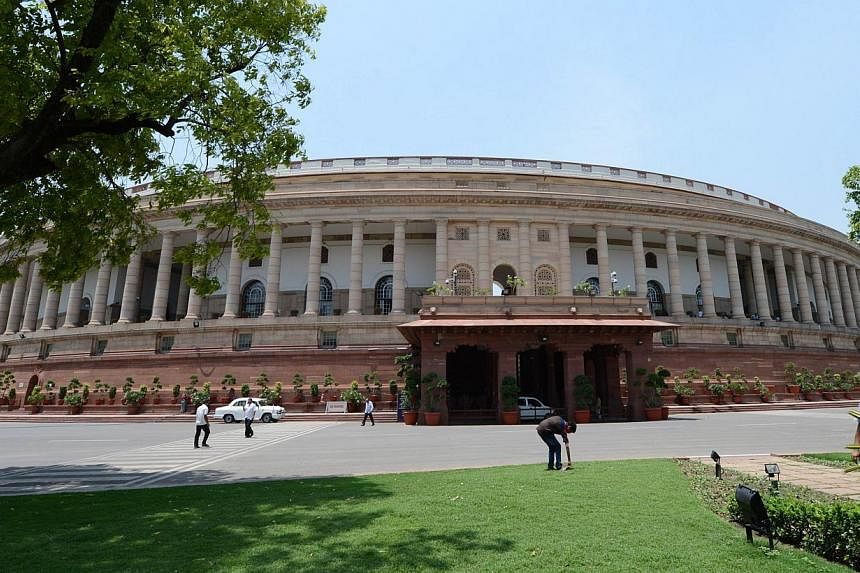Mammoth - is the word that aptly describes the just concluded elections in India, the world largest democracy. Here's a look at the staggering logistics, and unknown trivia that went into the making of this largely successful exercise:
1. Elections were conducted in nine phase over a span of five weeks since April across the world's seventh largest country by area spread over 3.2 million sqkms.
2. Eligible voters numbered at 815 million people - a whopping 103 million more than the population of Europe
3. A total of 550 million people voted, of which over 100 million were first time voters
4. Nearly one million polling stations were set up in 543 constituencies with voters no required to travel more than 2 kms to reach one. Ten million people were directly involved to ensure smooth conduct of the polls.
5. An overall voter turnout of 66.38 per cent was recorded, highest ever since 1984 (64 per cent) elections held after assassination of ex-premier Indira Gandhi.
6. Fifteen states and federal territories recorded their highest ever voter turnout to date. Thinnest turnout was in Kashmir Valley while highest among big states was in West Bengal.
7. For the first time, voters were able to exercise the 'None of the Above' (Nota) option on the ballot, enabling them to vote against all contesting candidates.
8. As many as 3.26 million Electronic Voting Machines were used across the country. Each EVM can record a maximum of 3840 votes and cater to a maximum 64 candidates including the Nota category.
9. Transgenders were recognised as eligible voters under the 'third sex' or 'others', a category that did not exist in previous elections.
10. The government spent USD 571 million on these polls, nearly double the cost of 2009 polls, making it the costliest elections ever.

